by Peter Frank
Can we see past what we see? Can we see more than we see? Can we see in a way that not only reveals what we haven’t been seeing, but has us see a whole different reality? These are the questions that abstract art, after more than a century, still poses us. Art that does not replicate or even approximate the seen world is no longer a challenge to aesthetic conventions; it is by now universally regarded as an invitation to comprehension of a different kind, a comprehension at once more personal and more universal than is possible with representational art. Abstraction moves its makers and its viewers alike, in unique ways.
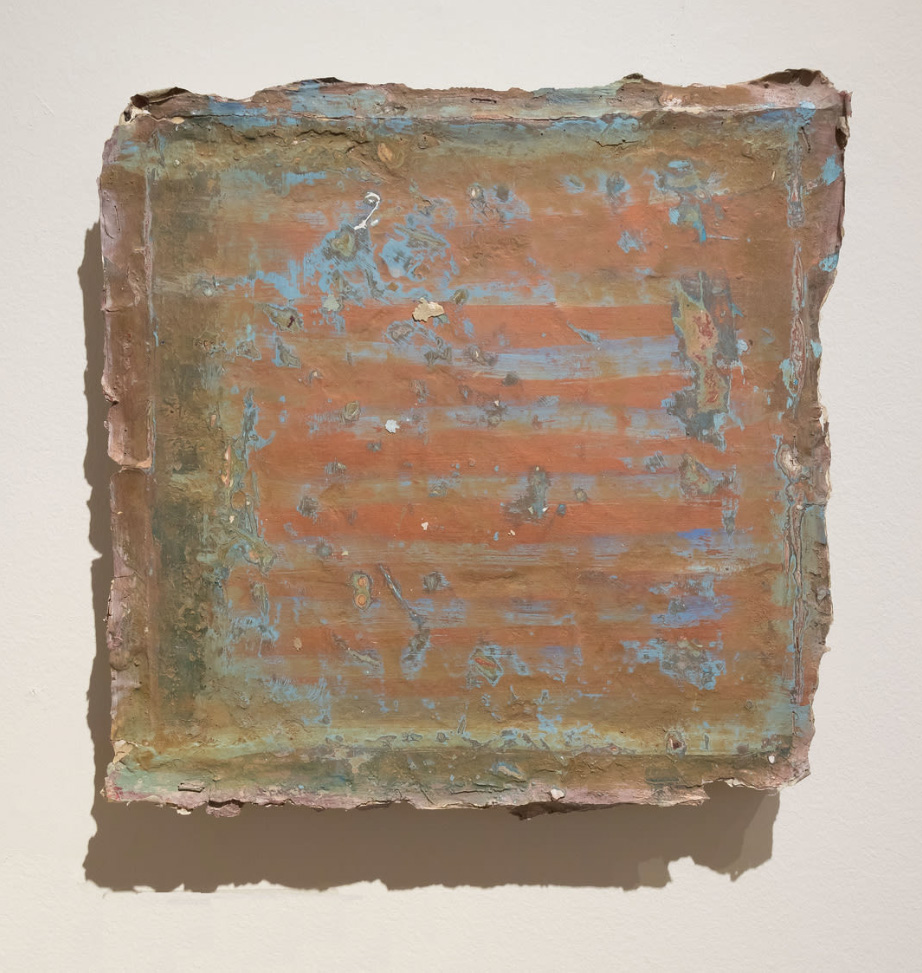
In strict terms, still favored in Europe, “abstraction” is an umbrella term for all non-realistic artwork. That artwork that does not seem to refer at all to the seen world is considered “non-objective” – and the five artists in this show are self-acknowledged non-objective painters. But if none of them recapitulates the appearance of the world around them, all of them take their cues from it. Shapes, sizes, colors, rhythms, all the visual characteristics of their art, after all, generate from lifetimes of observation. What these painters paint comes out of their heads and hearts, but it was nature that put those things in their heads and hearts to begin with. The abstract expressionists insisted their non-objective compositions had meaning – they called their public discussions “subjects of the artists” – and were rooted in natural reality (as Jackson Pollock famously insisted). The five artists here, clearly inheritors of (among others) their abstract expressionist forebears, continue this tradition – this impulse – of answering “mere” reality not by rejecting it but by reformulating it. Like a tree or a mountain, a painting here is its own entity, with its own identity, within a context of myriad entities and identities.
While all five painters adhere to non-objective vocabularies, some appear abstract more readily than others. Gail Hillow Watkins, in fact, seems to be fabricating identifiable, or at least culturally sited, objects, pouches and scrolls and other artifacture conjured from ancient (and/or imagined) civilizations. But these are not replications, much less depictions: they are inferences, exploiting our fantastical associations so that Hillow Watkins’ painting takes on an extra-painterly quality. Ultimately, once we acknowledge the eerie, impossible-to-pinpoint resemblances to things we think we’ve seen, the artist’s brushwork and detailing comes to the fore as predominating elements, not so much obliterating the frisson of antiquity as subsuming it into a greater formal emphasis.
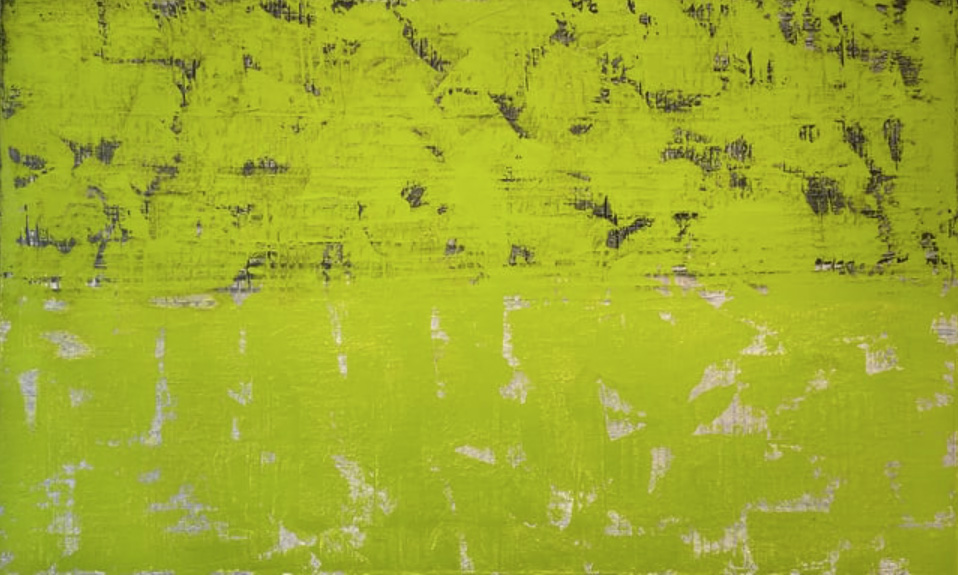
Something similar operates in Francie Lyshak’s works, but in Lyshak’s case the evocations are latter-day, temporal, even fleeting, writing on water you might say – and, indeed, several works incorporating scribbled notations do seem to be swallowing those notations into seas and mists of translucent or opaque monochrome. These atmospheres wear skins of well-worked brushstroke, so many inflections of otherwise unmodulated surfaces. Lyshak’s paintings in some manner present themselves as objects no less than do Hillow Watkins’, but the objecthood is finally self-referential: Lyshak is painting paintings of painting. This is not a tautological exercise, but an exploration of perception and presence, even function and identity.
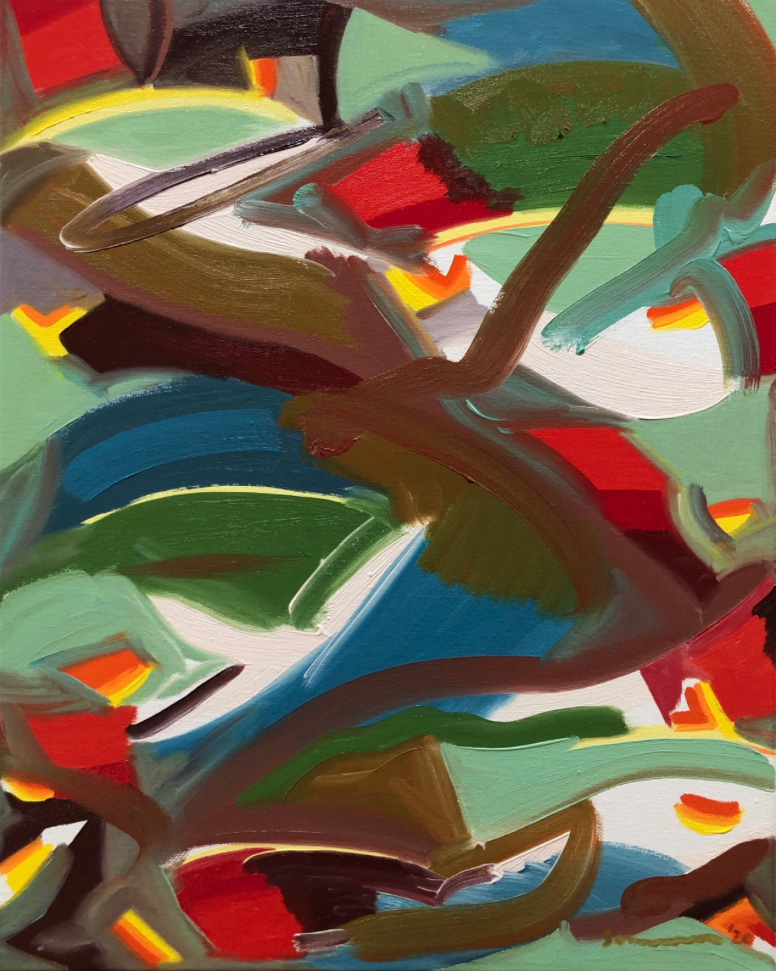
Their richly painted segments and sections jostling one another with abandon, Susan Sommer’s canvases would seem pure visual invention. Visual invention they are, but hardly pure. Sommer attests to the inspiration she takes from observed nature, from the forms and colors of land and sky, trees and flowers. Sommer does not show us the vegetation, the weather, or animals; she shows us their energy, their vitality, the essence that drives them and the natural balance that harmonizes their spirit(s). Sommer calls herself a “plein air abstractionist,” responding spontaneously to the nature around her by celebrating its inner and outer force rather than its most evident details.
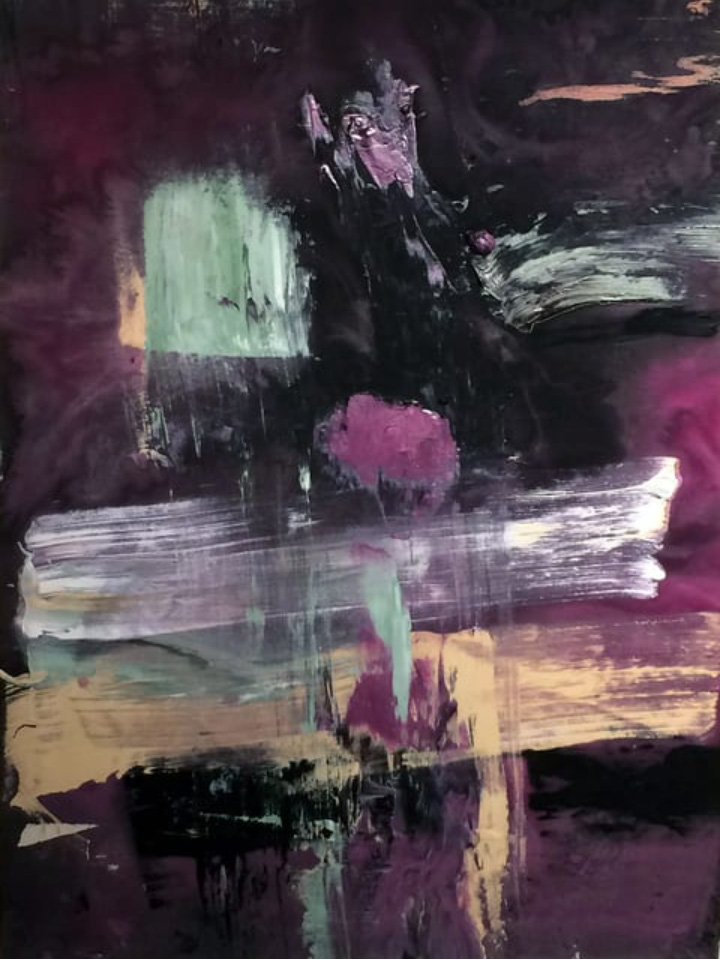
Even painting that does not take direct inspiration from observed nature can suggest the forms it takes and the effects it has on our sensibilities. Nature, after all, is all that acts upon us, so painting – abstract painting in particular – serves to synthesize our sense of being in nature (indeed, our sense of being overall). Francine Tint, long associated with color-field painting, allows the natural to enter into her expansive engagement of pigment and movement without it dictating what the outcome may be. Tint trusts that, as she (like Pollock) is part of nature herself, the interplay of her form and color decisions will take its place in the natural world no less than in the manmade. Still. The breadth of certain of Tint’s canvases, roiling with color eruptions and lyrical flows, present us with a kind of environmentalized drama that demands its own meteorology.
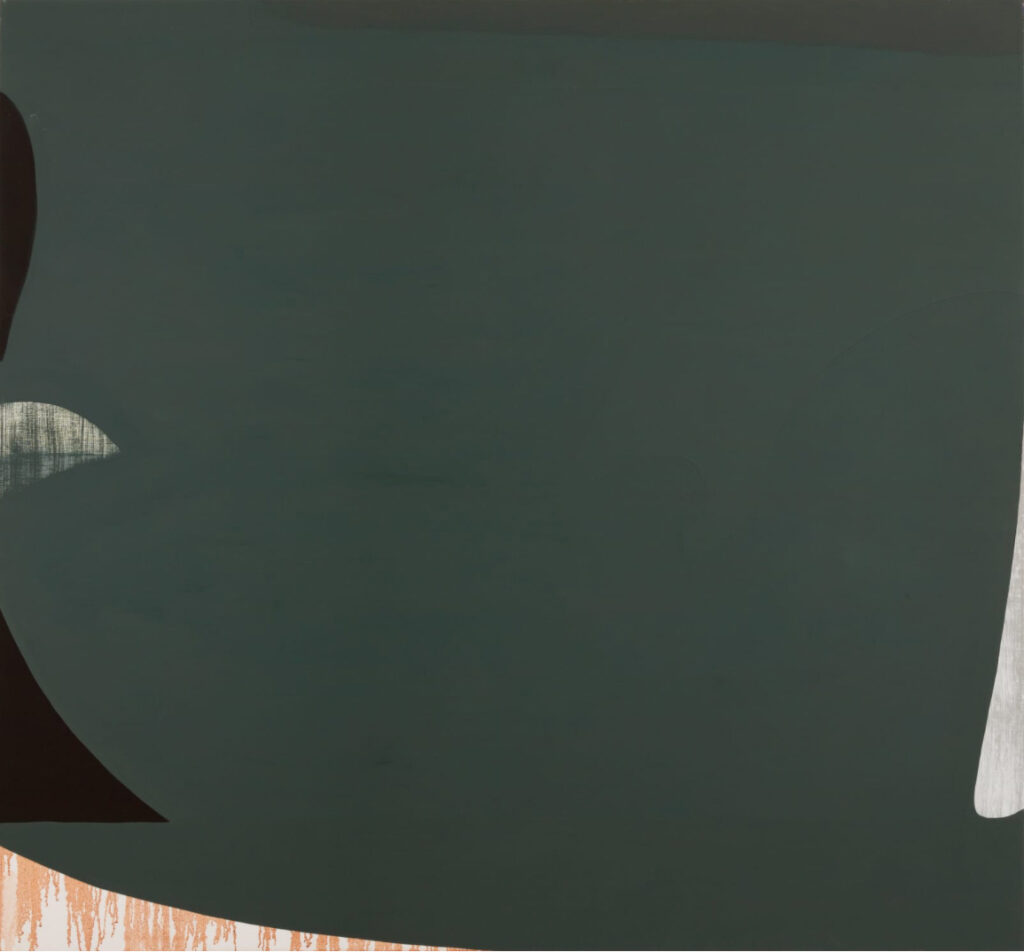
Sarah Hinckley, too, allows her art to “be” nature by tapping into the logic and fury of the inner and outer worlds. Perhaps the most purely formal artist in this exhibition, Hinckley composes her works of shifting color (and seemingly non-color) planes, modifying these planes with stark interruptions that seem cut or torn from the edges – by opposing planes, it so often seems. If Sommer and Tint capture the weather in their work, Hinckley, it could be said, is capturing geology, proposing an art of tectonic planes/plates constantly moving, wearing, and shattering against one another. This metaphor, then, would have Hinckley realizing an abstraction born of the unseen – but, of course, not of the unfelt. Hinckley’s painting is actually fairly quiet and restrained – a result chiefly of her nuanced palette – but the fissures in the composition suggest a visual earthquake could be close at hand.
This consideration of five artists’ abstract painting has relied on association and simile, and on the response(s) of the writer more than on the expressed intentions of the painters. All art invites subjective regard, but – as its label would imply – non-objective painting does so as a matter of principle. What we see in this show are the “subjectivities of the artist,” you might say, statements in pre-, non-, or anti-realism that invite and reward interpretation. These artworks have to stand on their own, as visual propositions; their possible inferences cannot justify them or even explain them. But those inferences can give them context, and they can give them presence, and the world can look that much richer for them.
